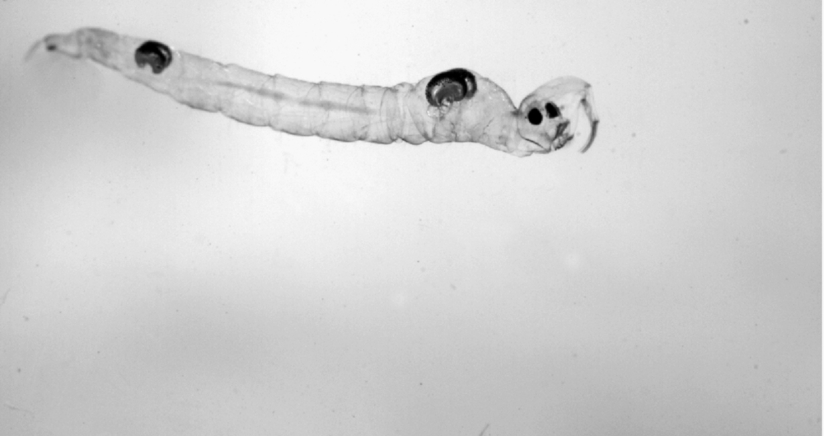
Analysing insects enables important insights into the organisation of neurons in the central nervous system for the generation and control of natural movements. Our analysis always links the actions of neurons directly to the behaviour in which they are involved and uses a combination of intracellular recording and staining methods, behavioural analyses with high-speed video, antibody staining, pharmacology, calcium imaging and confocal microscopy.

Current research topics include:
- Neurobiological and Biomechanical Control of Jumping
- Phase Change in Desert Locusts
- Integration in Neuronal Networks
Key Publications
Siwanowicz, I. and Burrows, M. (2017) Three dimensional reconstruction of energy stores for jumping in planthoppers and froghoppers from confocal scanning microscopy. ELife 2017;6:e23824.
Burrows, M. and Sutton, G.P.(2013) Interacting gears synchronise propulsive leg movements in a jumping insect. Science 341: 1254-1256.
Anstey, M.L., Rogers, S.M., Ott, S.R, Burrows, M. and Simpson, S.J. (2009) Serotonin mediates behavioural gregarization underlying swarm formation in desert locusts. Science 323: 627-630.
Burrows M. (2006) Jumping performance of froghopper insects. J. Exp. Biol. 209: 4607-4621.
Burrows, M. (1996) The neurobiology of an insect brain. Oxford University Press. 696 pages.
Full list of publication via Google Scholar
